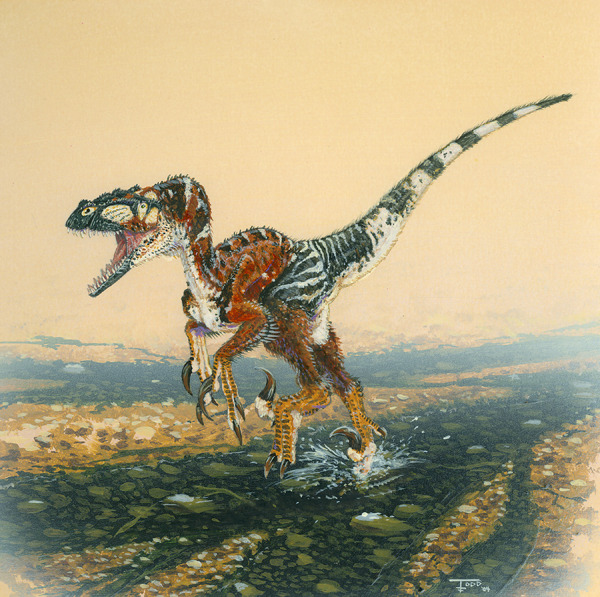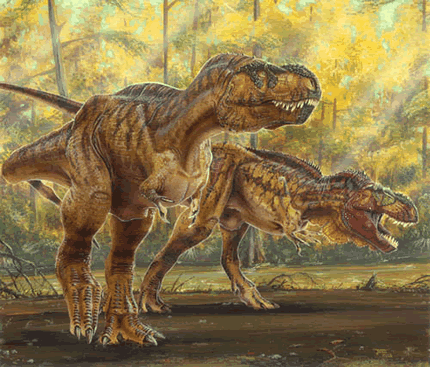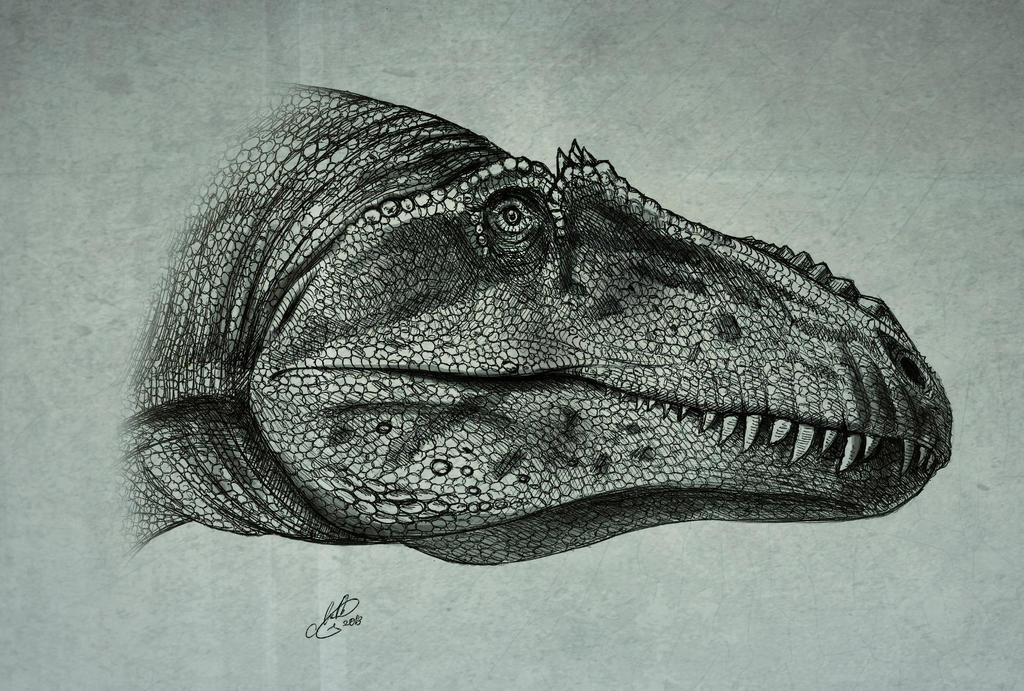...Talk about a coffee table book!
Included for scale is Bob Walters and Tess Kissinger's book Discovering Dinosaurs. Check it out if you haven't already!
This massive beast was given to me as a present during Christmas of 2012. Costco was selling the book for a bargain price of just 19.99 back then. Pretty great deal for a book so large, but how does it hold up?
There's 217 pages total, not including the glossary or index. The book is divided into seven chapters, with each one having their own sub-chapter(s). Of note is the fact that the Jurassic and Cretaceous eras are each split into two whole chapters, middle and late. For obvious reasons, the Triassic isn't.
The author, Dr. Stephen Brusatte, is a rather prolific Vertebrate Paleontologist, best known for his research on the anatomy and evolution of dinosaurs. In 2007, he, along with Paleontologist Paul Sereno, described a brand new species of predatory dinosaur,
Carcharodontosaurus iguidensis. A credible source indeed, but the book was also supervised by Professor Michael Benton, another top mind in the field of Paleontology. As such, one would expect the information to be accurate. Unfortunately, there are quite a bit of inaccuracies, both due to lazy research and simply being outdated. As examples,
Acrocanthosaurus is claimed to have lived in Asia, even though fossils have only been recovered from North America. To Brusatte's credit, he manages to make his writing fun to read, using words like"hypercarnivorous" and "monstrosity" to describe theropods. Realistic? Maybe not. But entertaining, it is.
Dinosaurs has two major flaws that keep it from being good. The first, and less severe, flaw are the size comparisons. Almost all of them oversize the dinosaur. For example:
As if that weren't bad enough, Psittacosaurus is shown as being larger than Protoceratops! It gets even better (worse?) though. Remember when Compsognathus was billed as (one of) the smallest dinosaur?
Yikes. But the worst offender? This:
That's right, Galimimus is now taller than Giganotosaurus, the dinosaur bigger than T. rex. One mistake is fine and hardly noticeable, but stuff like this is inexcusable.
The second flaw is unarguably what makes Dinosaurs a mediocre book. Pixel-Shack were in charge of making the digital illustrations. I'll be frank here: They're terrible. Simple as that. Where do I even start? I'll just let the art speak for itself:
(I remember one critic saying that Pixel-Shack has a habit of making their ceratopsians look like poo. Let that sink in for a moment.)
To be fair, there are some illustrations that I like. The full-page illustration of Carcharodontosaurus isn't so bad:
Dromaeosaurs undoubtedly got it the worst. Some, like Utahraptor, aren't even feathered at all:
Others lack primaries (note the bunny hands as well):
...And then a few are fully feathered, like Microraptor. It is truly staggering to see how bad someone can mess up dinosaurs. Apatosaurus has weird theropod-like teeth jutting out from its mouth. Dilophosaurus lacks the kink in its upper jaw. All of them have little detail put into them, almost as if they were unfinished.
Worth mentioning is that Brusatte had no involvement in the art. To blame him would be grossly unfair. If you want to shake your fist angrily in the air, aim it at Pixel Shack.
Verdict:
Dinosaurs could have been a decent book. Looking at just the writing, the inaccuracies are minor enough to not keep it from being good. Pixel Shack's horrid reconstructions are the downfall of this mega-sized book. It's some of the worst I've ever seen. Not to mention the size comparisons bother me to no end. If you want a book with the same information as Dinosaurs, get Keiron Pim's Dinosaurs: The Grand Tour. It has less art, but they at least resemble the dinosaurs they're supposed to be. For a better representation of Brusatte's work, watch T. rex Autopsy.




































